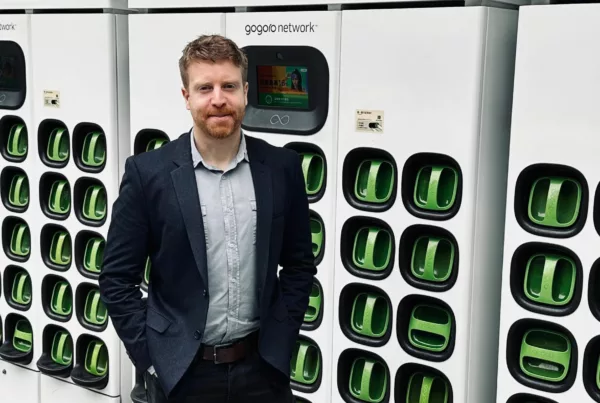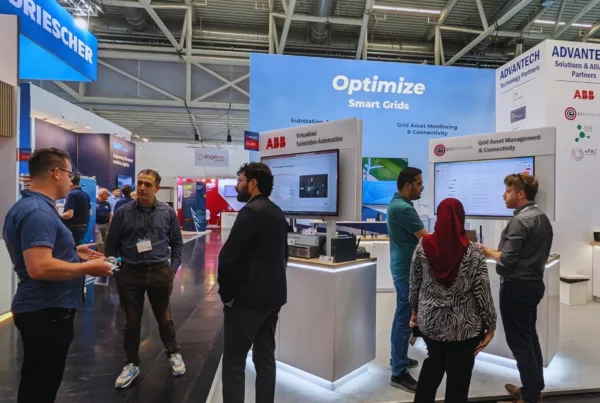This week, we sat down with Amanda Ryan, Financial Controller at EpiSensor, to chat about her role and why she chose to join the sustainable energy revolution.
Please share a short overview of your role at EpiSensor
I joined EpiSensor in September 2023 as Financial Controller. My role involves financial reporting, audit preparation, cash management, producing management reporting, and financial forecasting for the future. Part of my role involves keeping up to date with the latest financial regulations and taxation changes. The 2024 Irish Budget introduced additional taxation benefits for firms heavily invested in R&D, a significant part of our business here at EpiSensor, so that’s a taxation change I’ve been focusing on most recently.
What’s the most interesting part of working in this sector?
The energy sector is undergoing a significant transformation, driven by the predicted increase in grid capacity requirements globally, the appetite to move away from fossil fuels towards a more sustainable future, and regulatory change. Coupled with the call to action to the general public to be more mindful as to when we consume energy makes this sector a hugely interesting sector to be part of.
What do you enjoy most about working at EpiSensor?
Seeing firsthand the development of our products, from order to final finishes, and release worldwide is incredibly interesting. All our products are researched, designed, manufactured, and tested in Ireland, which isn’t typical in a products-based business. This enables me to develop a holistic understanding of the business and how we add value for our partners.
Secondly, the team. It’s a really collaborative environment here at EpiSensor. It’s not unusual to see our senior leaders work directly with the electronics engineers on new developments and advancements to our existing range of solutions. The collaborative culture and approach to teamwork make EpiSensor a great place to work.
What does the future look like for EpiSensor?
Building on the momentum from last year, we are continuing to grow our global partnerships, and this upward trajectory is predicted to continue throughout 2024 and beyond. In tandem, we are continuing to grow the team and expect to double our workforce by the end of 2025, which is hugely exciting. We’re also continuously expanding into new markets. APAC has become an important region for us recently and we expect that growth to continue.
Overall, 2024 is shaping up to be a busy year for EpiSensor and I’m delighted to be part of it!
Where would we find you when you are not driving the transition to sustainable energy?
Reading! I typically go through a book a week. A recent read that stands out is American Dirt, by Jeanine Cummins. It’s a page-turner and I really enjoyed it. I also love to meditate and do Pilates to unwind.



